Botanically known as Microbiota decussata, this perennial ground cover belongs to the Cupressaceae family and originates from Southeastern Siberia and Northern Primorye. Commonly referred to as Russian Arborvitae or Siberian Carpet Cypress, it is a versatile choice for gardeners seeking an alternative to junipers.
This low-growing evergreen shrub offers unique advantages. It thrives as a ground cover and is more shade-tolerant than most junipers, making it a great option for partially shaded areas. Its bright green foliage transitions to a striking coppery bronze in fall, providing seasonal interest. With its spreading growth habit, Siberian Cypress fills spaces effortlessly, creating a lush, vibrant carpet of greenery.
| Common name | Russian Arborvitae, Siberian Carpet Cypress, Siberian Cypress |
| Botanical name | Microbiota decussata |
| Family | Cupressaceae |
| Species | decussata |
| Origin | Southeastern Siberia and Northern Primorye |
| Life cycle | Perennial |
| Plant type | Ground Cover |
| Hardiness zone | 3, 4, 5, 6, 7 |
| Sunlight | Full Sun |
| Maintenance | Low |
| Soil condition | Clay |
| Soil ph | Acid |
| Drainage | Well-Drained |
| Growth rate | Medium |
| Spacing | 6 – ft. – 12 ft. |
| Harvest time | Fall |
| Flowering period | Spring |
| Height | 6 in. – 1 ft. 6 in. |
| Flower color | Insignificant |
| Leaf color | Green |
| Fruit color | Brown, Copper |
| Leaf benefit | Showy |
| Garden style | Cottage Garden |
| Uses | Slope/Bank |
I. Appearance and Characteristics
Microbiota is a monotypic genus of evergreen coniferous shrubs in the cypress family Cupressaceae, containing only one species, Microbiota decussata (Siberian carpet cypress, Russian arbor-vitae). The plant is native and endemic to a limited area of the Sikhote-Alin mountains in Primorskiy Krai in the Russian Far East. Microbiota is not to be confused with the range of microorganisms of the same name.
The monotypic taxon Microbiota was discovered in 1923, but political secrecy in the former Soviet Union prevented any knowledge of its existence outside the country for around 50 years.
Microbiota is generally accepted as being a distinct genus. It has also been suggested, but not widely followed, that Microbiota could be included in the closely related genus Platycladus. Other fairly close relatives are the genera Juniperus and Cupressus.
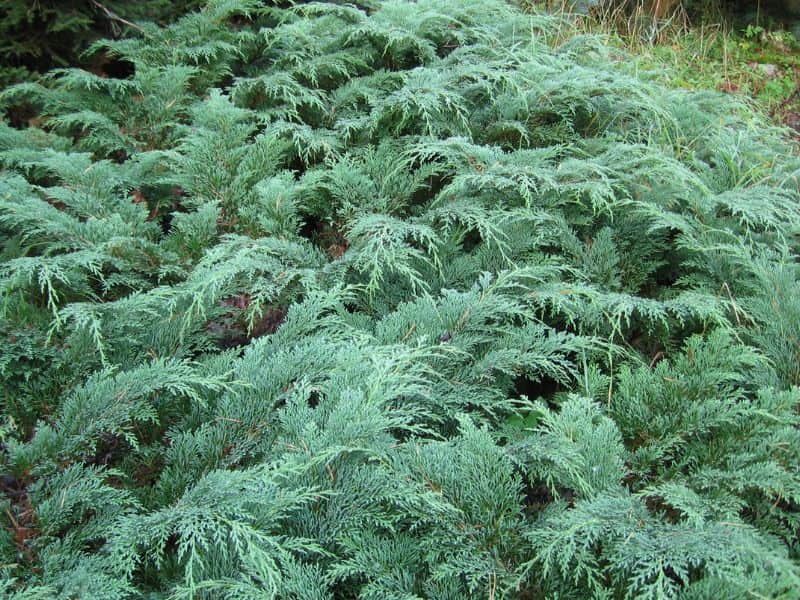
Microbiota decussata is a prostrate shrub to 20–50 cm (8–20 in) in height, and 2–5 m (6.6–16.4 ft) in spreading width. The foliage forms flat sprays with scale-like leaves 2–4 mm long. The cones are among the smallest of any conifer, 2–3 mm long, green ripening brown in about eight months from pollination, and have four scales arranged in two opposite pairs.
The seeds are 2 mm long, with no wing; there is usually only one seed in each cone, rarely two. The foliage sometimes turns brown in winter, giving the impression that the plant has died; but it revives in spring.
II. How to Grow and Care
Light and Temperature
While creeping juniper prefers full sun conditions in its native range, your Siberian cypress enjoys partial shade, and is fairly shade tolerant. In fact, that’s where it grows best. While it can tolerate full sun conditions in cool summer climates, it’s easiest to plan for some cover. It can grow in full shade, but performs best if it gets at least a little sunlight.
Zones 3-7 are where it grows best, and this is where it will thrive in full sun. It’s been known to survive in limited plantings in zones 8 and 9, but must be fully-shaded. It’s very cold-hardy, making it perfect in areas with chilly winters.
However, the opposite is not true of Microbiota decussata. Hot summers are a no-go, and the plant will die if exposed to heat or full sun in these areas for too long.
Water and Humidity
Your plant with its fan-like sprays will enjoy consistent moisture, but it doesn’t like standing water. Keep the soil evenly damp, but not soggy to avoid problems, like root rot. Once established, the Russian arborvitae is very drought-tolerant. Its roots can pull moisture from deep down.
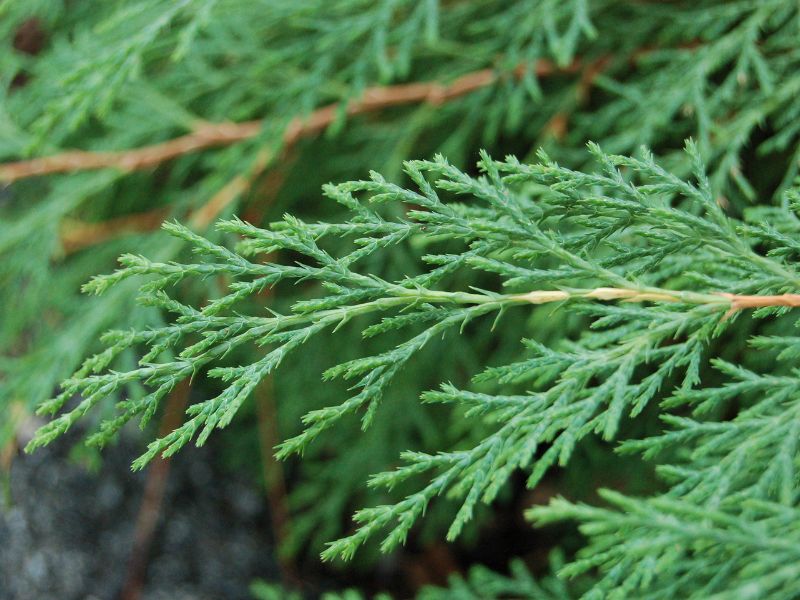
Knowing how to use a soaker hose, and placing one beneath your plants when they’re young is best. This allows the moisture to ooze into the soil and thoroughly permeate. Water only when the soil is dry at the surface, but do a long, slow watering to soak the soil to 6″ down.
If your climate has humid summers, be sure that your plant has some shade during the hottest parts of the day. The combination of humidity and heat in humid summers can slow down its growth. Night humidity isn’t a concern.
Soil
Moist and well-drained soils provide the best growth for your Russian cypress. These plants can tolerate poor soils, as well as dry and thin ones, but they will grow quickly in loams. Rock gardens are perfect spots for your M. decussata.
When possible, provide a rapidly-decomposing mulch like mulched dry leaves around new plantings. This helps to keep the soil moist and protects it from erosion. Once the plant has established itself and expanded in size, it will act as a living mulch.
In winter, a wood chip mulch will protect the Celtic pride plant’s roots from cold damage. Poorly drained soils will cause problems for Russian cypress, so avoid planting in poorly drained soils.
Fertilizing
If you plan on fertilizing Celtic pride, it’s best done in the early spring before new bright green growth appears. Use a balanced, slow-release fertilizer, preferably a granular form. These are easy to spread around the base of your plants.
Don’t feel as if it’s a necessity, though. Your Russian arborvitae is quite tolerant of poor soil nutrition. It’ll survive even without fertilization. If your soil’s fairly rich, you can skip it with no problem.
Pruning
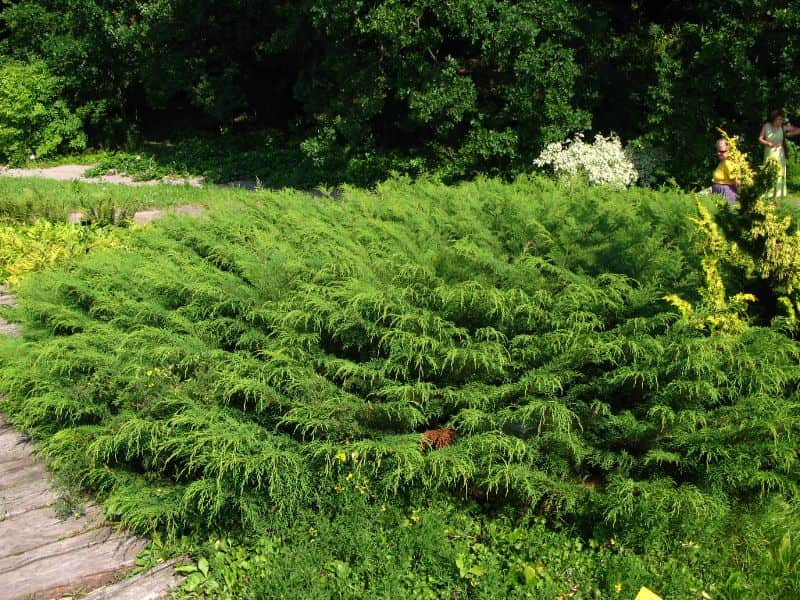
Prune in the early spring, focusing on the tips of branches. Be sure to prune before the plant begins to green up again. This annual pruning encourages bushier growth habits.
You may also prune your Celtic pride to ensure it remains in its intended growing area at any time. When pruning, be sure to use clean pruning shears to make a clean cut. Don’t use a weed wacker or edger, as this can cause potential damage to the rest of the stem.
Propagation
Propagation for the Celtic pride plant is mostly done via stem cuttings. To take a cutting, select a healthy stem and cut it with sterilized pruning shears. Rooting hormones can help speed root development. Keep the cutting in moistened potting soil until it develops roots. Humidity around the young cutting can help keep it vigorous.
Seeds also form in the plant’s berry like cones, but these are slightly less reliable. When the tiny berry-like cones begin to open, you can shake the seeds free into a paper bag. Plant seeds shallowly and keep the soil moist until a young plant has developed. A greenhouse cover and a seedling heat mat and thermostat are useful for germination.
Pests and Diseases
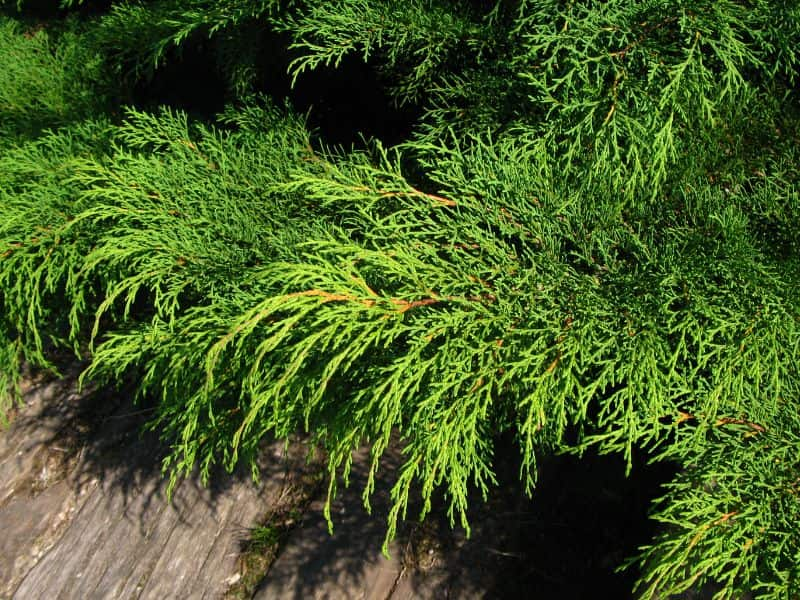
Growing Problems
Overwatering is likely the riskiest situation for your plant. It just can’t tolerate standing water, which is why it thrives in rock gardens. The plant’s roots will suffer if you overwater, and it can cause major problems. The same goes if you don’t plant it in well drained soils.
Hot climates, and those with humid summers can be very, very tricky for Microbiota decussata. While it is possible to grow it in hardiness zone 8 or 9, it really needs to be in full shade rather than full sun. The heat of direct sunlight in those warmer regions can be deadly to the plant. Generally, it prefers cool summer climates.
Don’t panic when your plant starts to turn bronze in the winter! It’s a normal progression. It will green right back up in the spring again. Mulch around the plant’s base with wood chips to keep the roots insulated from cold.
Common Pests
Unlike many other groundcover junipers, Siberian cypress is essentially pest-free. At most, deer may nibble on exposed foliage for food during a snowy winter. It’s not their preferred food, and they’ll choose alternatives whenever possible.
While pests don’t attack the plant, it can house pests. Mice may be discovered living in burrows under this and other ground cover plants. Some spiders find it to be a good home, too.
Common Diseases
Like pests, diseases don’t typically strike your microbiota plant. It’s immune to many types of plant disease.
Damaged roots may rarely be susceptible to bacterial or fungal root rots. Similarly, damage to the base of the plant may leave it open to bacterial infection. But it’s pretty unlikely as a whole.
III. Uses and Benefits
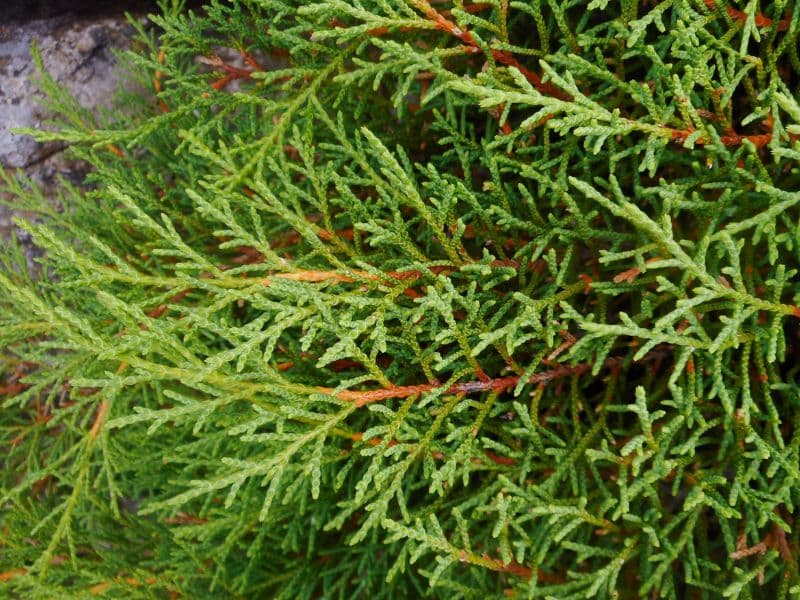
Microbiota decussata is grown as an ornamental plant for use as evergreen groundcover in gardens and parks. It is valued for its drought tolerance and considerable cold temperature and winter season conditions tolerance. It has gained the Royal Horticultural Society’s Award of Garden Merit.
Find Where to Buy the Best Russian Arborvitae (Microbiota decussata)



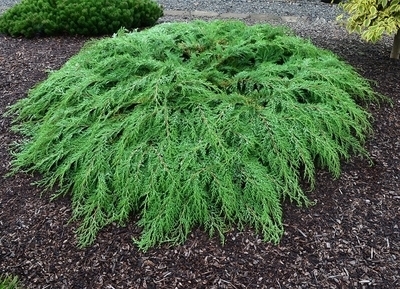

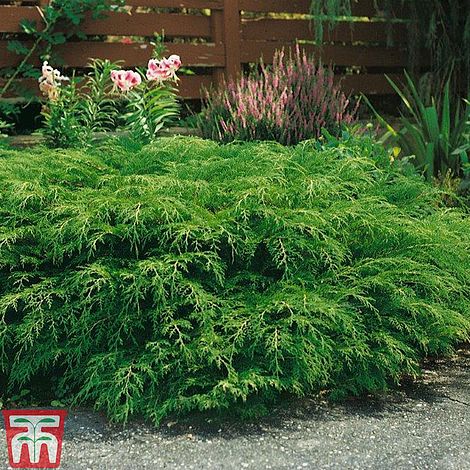




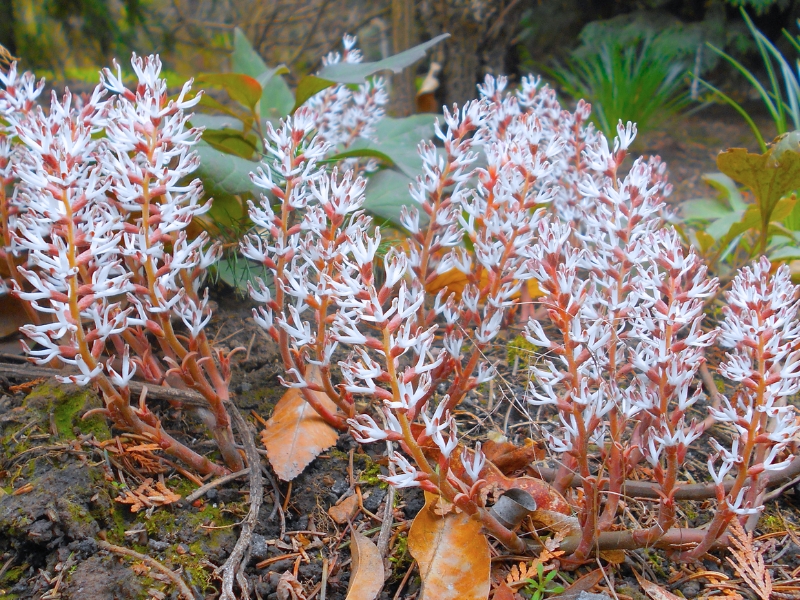

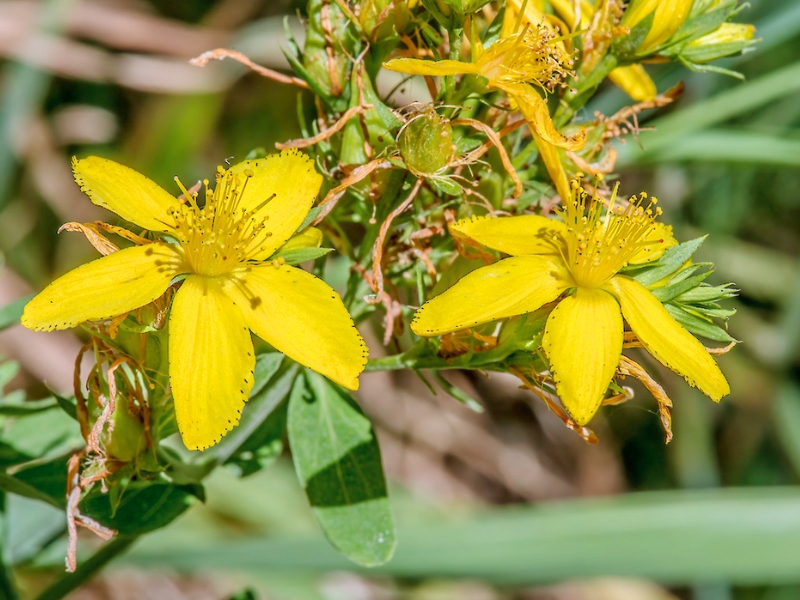
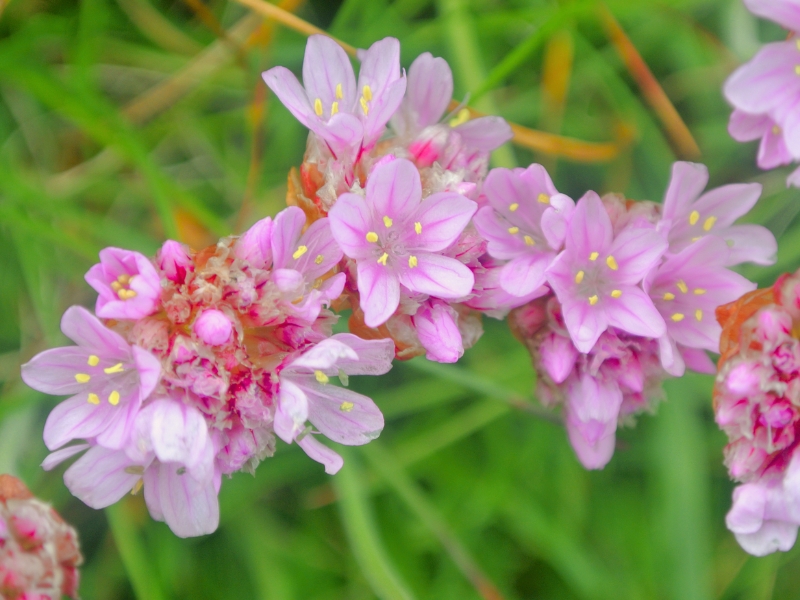
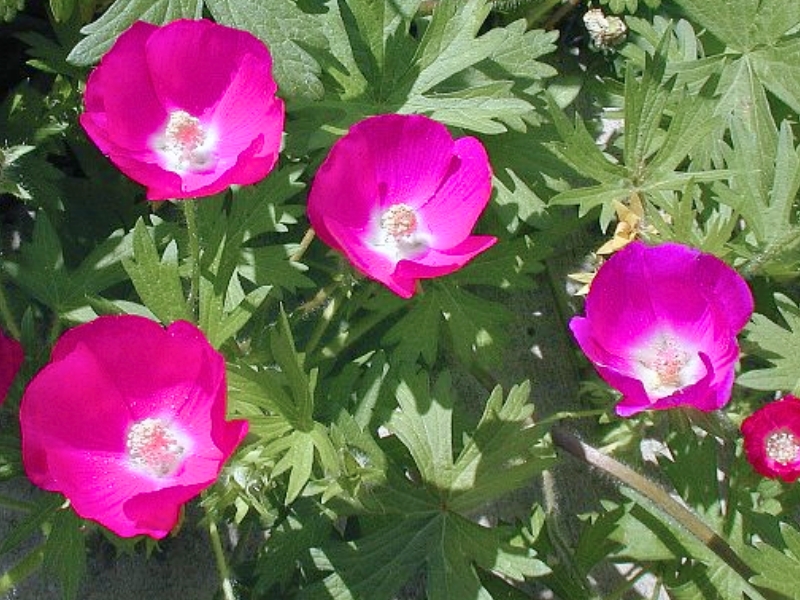
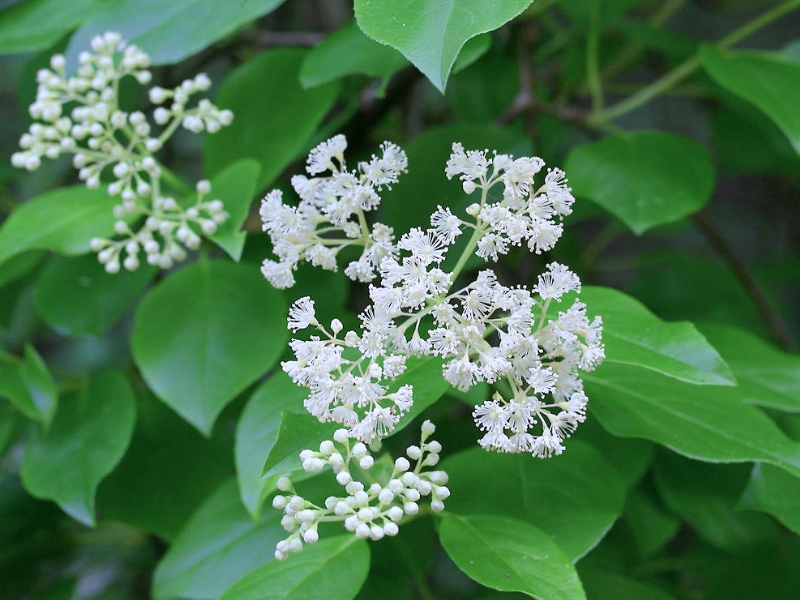
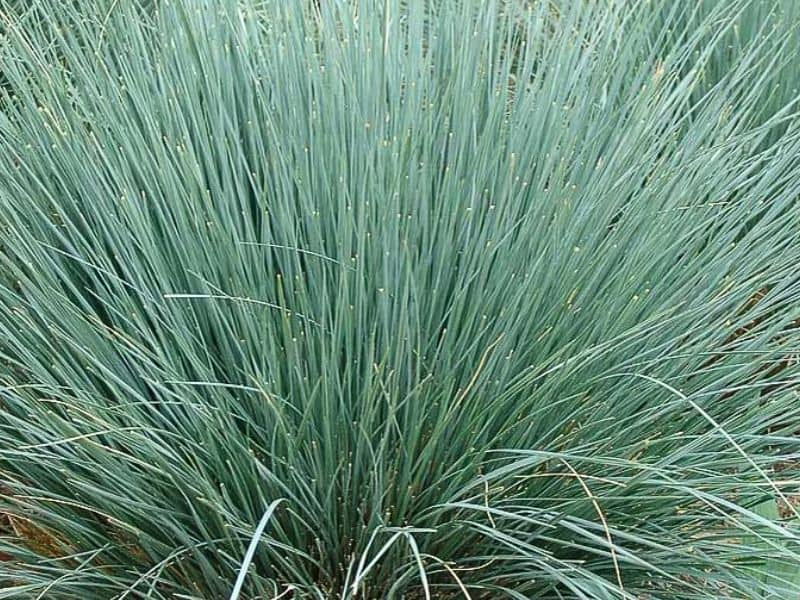
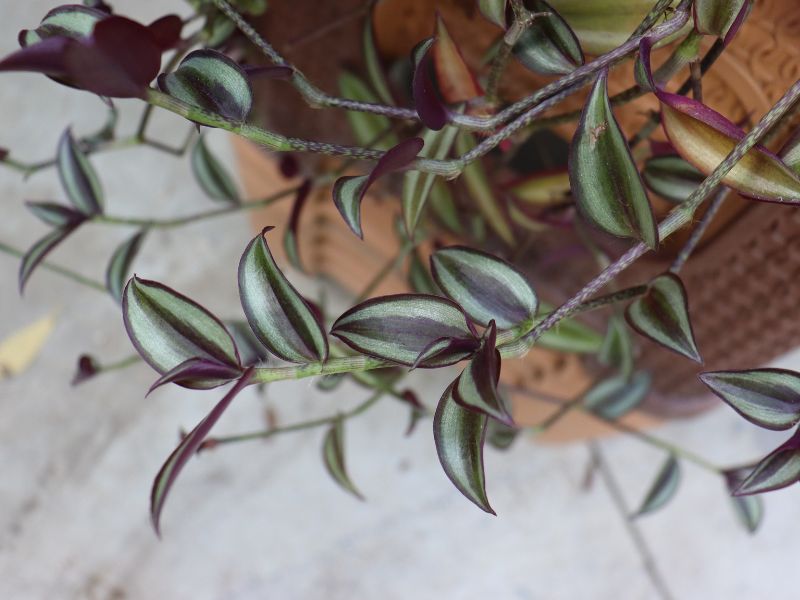
Leave a Reply